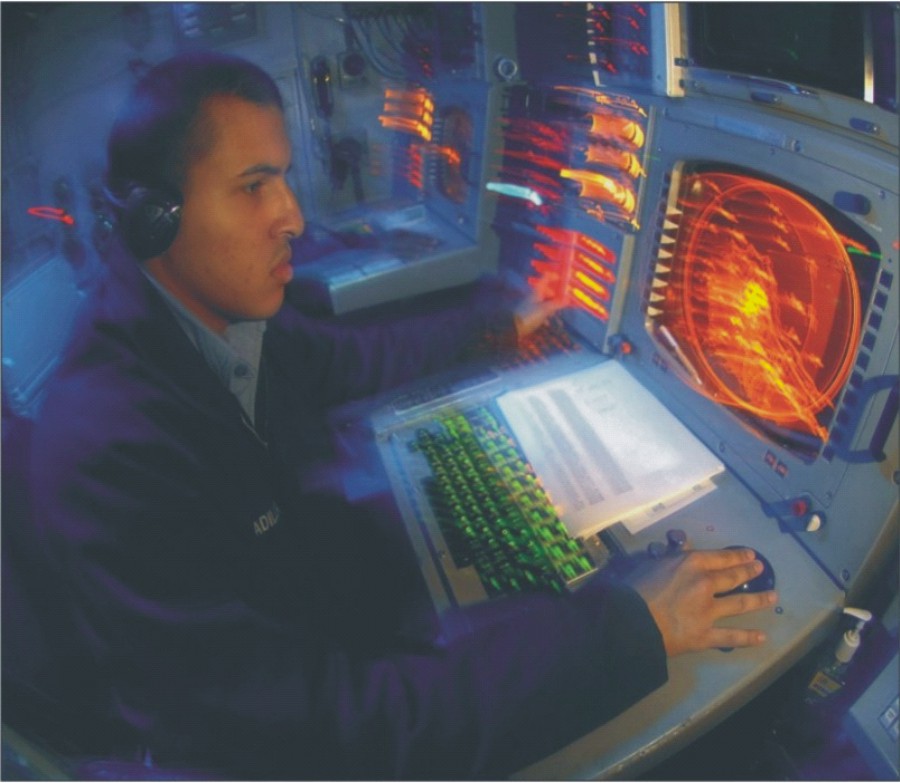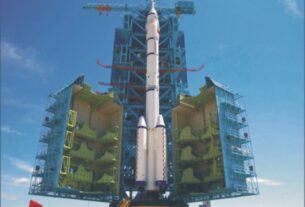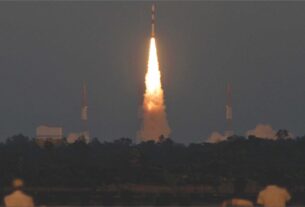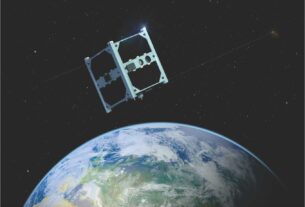Vital synergy
India needed an effective Command and Control organization over its nuclear weapons because of various international and regional concerns in the immediate aftermath of the nuclear tests in 1998.
It is high time now to review whether India has been successful in establishing a robust Command and Control organization.
There is no doubt in saying that India certainly has been attempting to see how best it can put a line of order in terms of calling a shot especially when the decision to use the nuclear weapons will be made during the case of any eventuality.
Moreover, the progress made by India in acquiring long range delivery system also warrants to have a proper assessment about India’s Command and Control Systems.
By and large, the word Command and Control system is defined as the exercise of authority and direction followed by a neatly written structure especially over the assigned forces in the fulfillment of the mission.
Any Command and Control system dealing with the use of nuclear weapons will have a number of challenges in terms of seeing that the nuclear weapons are safe and nothing untoward would be expected. The chain of command as defined in the structure would be adhered strictly.
Necessary steps
Undoubtedly, it is significant and important to have a Command and Control organization in place so that the chances of getting the weapon used accidentally or inadvertently are low and minimal.
It must be emphasized here that the Command, Control, Communication, Computer and Intelligence and Information systems (C4I2) are always considered vital prerequisites for the survivability and operability of all the various categories of assets including land, air and sea-based assets most popularly called triad.
The triad works on the integrated and coordinated C4I2 assets that synergize and optimalize nuclear operations. It is very vital and important in India’s context.
It must be emphasized here that the stable deterrence requires a safe and reliable Command and Control system that can assure and signal to the rest of the world that an unauthorized launch in a time of crisis is next to impossible and that retaliation in the event of a nuclear attack is possible.
In this regard, the challenge before India has been to complement its ‘No First Use” doctrine by putting a robust retaliatory capability in place. For India, surviving the first strike of a nuclear adversary is vital and essential to be able to launch a second strike.
If the adversarial first strike is successful by fifty percent then the quantum of C4I2 assets destroyed would be substantial. Hence, the protection of C4I2 assets becomes essential and hence, it must be given a top priority.
Such priority should be accorded because such probable damage would be difficult for the defending state to recover from and then retaliate by a decapitating strike.
During the case of any eventuality, the challenge remains especially in the field of maintaining survivable nuclear forces if a country has a no-first use doctrine. In addition to this, India also requires to consider its targeting strategy especially relating to both counter value and counterforce strategy.
As was envisaged and debated widely on India’s nuclear doctrine, India needed to develop a robust National Command Post (NCP) that should be survivable so that the chain of command be intact despite the first strike.
There is hardly any information available in the public domain to authenticate that India has built a robust National Command Post and also whether NCP would be survivable and the chain of Command is kept intact during the crisis time.
The decapitating first strike from India’s nuclear adversary will have all the negative consequences for India’s Command and Control structure. The pre-emptive strike usually by a nuclear adversary would target the C4I2 and the vulnerability of all the nuclear installations and infrastructure becomes quite high.
The objective of pre-emptive strike would be to completely paralyze so that it cannot retaliate. Hence, the absorption of first strike by India and then retaliate would be a challenge if it does not emphasize on the robustness of its C4I2 structure.
The degree of vulnerability will be quite high from all angles if India does not concentrate on the consequences of such scenario. It would be disastrous for India from the national security point of view.
Coordinated response
In the overall C4I2 equation in India’s context, the executive authority as well as the personnel dealing with the delivery system needs to be integrated. It will also be applicable to all the three legs of the Triad and finally help in maintaining all the safety procedures especially during the case of any eventuality where inadvertent launches cannot be ruled out.
To complement a sound and robust C4I2 system, a reliable and technically sound surveillance system would be required. India seems to have a lot of gaping holes in the maintenance of surveillance system.
In fact, all the major surveillance technologies with a focus on high-tech sensors and electronic devices are integral part of C4I2. Such systems have lot of advantages in detecting missile launches by a ballistic missile capable and nuclear adversary. Unless and until there is a sound system of maintaining surveillance, the robustness of C4I2 can not be realized.
It was again envisaged and ultimately became a major part of the discourse among the members of the strategic community whether the C4I2 would help India’s ‘Triad’ (land, Air and Sea-based assets) especially in sequencing its readiness posture.
The responsibility of C4I2 has also been to provide the Triad sufficient warning for an impending attack. It will be, therefore, important to highlight that the concept of C4I2 can best be defined in the context of both offence-defence equation.
The Indian nuclear doctrine also suggests that the nuclear weapons shall be tightly controlled and released for use at the highest political level. The authority to release nuclear weapons for use resides in the person of the Prime Minister of India or the designated successor.
It also states that for effective employment, the unity of command and control of nuclear forces including dual capable delivery systems shall be insured.
The Indian defence forces shall be in a position to execute operations in an NBC environment with minimal degradation. The nuclear doctrine also announced that the space-based and other assets shall be created to provide early warning, communications, damage/detonation assessment.
One has to analyse these commitments made by India’s nuclear doctrine about Command and Control system critically. One can infer that India requires putting a number of technologies in place and then integrating various layers of Command and Control.
India can afford to have a suitable command and control system only when it articulates and defines the deployment and employment strategies of its nuclear forces that would be applicable both during day-to-day situations in a crisis, and also during actual war.
The Command and Control system basically should be designed to fit the forces it serves. It will also be based and linked with a variety of factors such as force size, deployment strategy and launch authority.
There are certainly challenges to the Command and Control systems in India because of the lack of articulation of both its employment and deployment doctrine. It is high time India shall start assessing its structure of Command and Control system and employ all the relevant things of a matured nuclear capable country.





